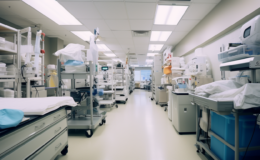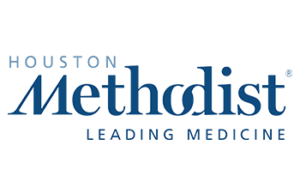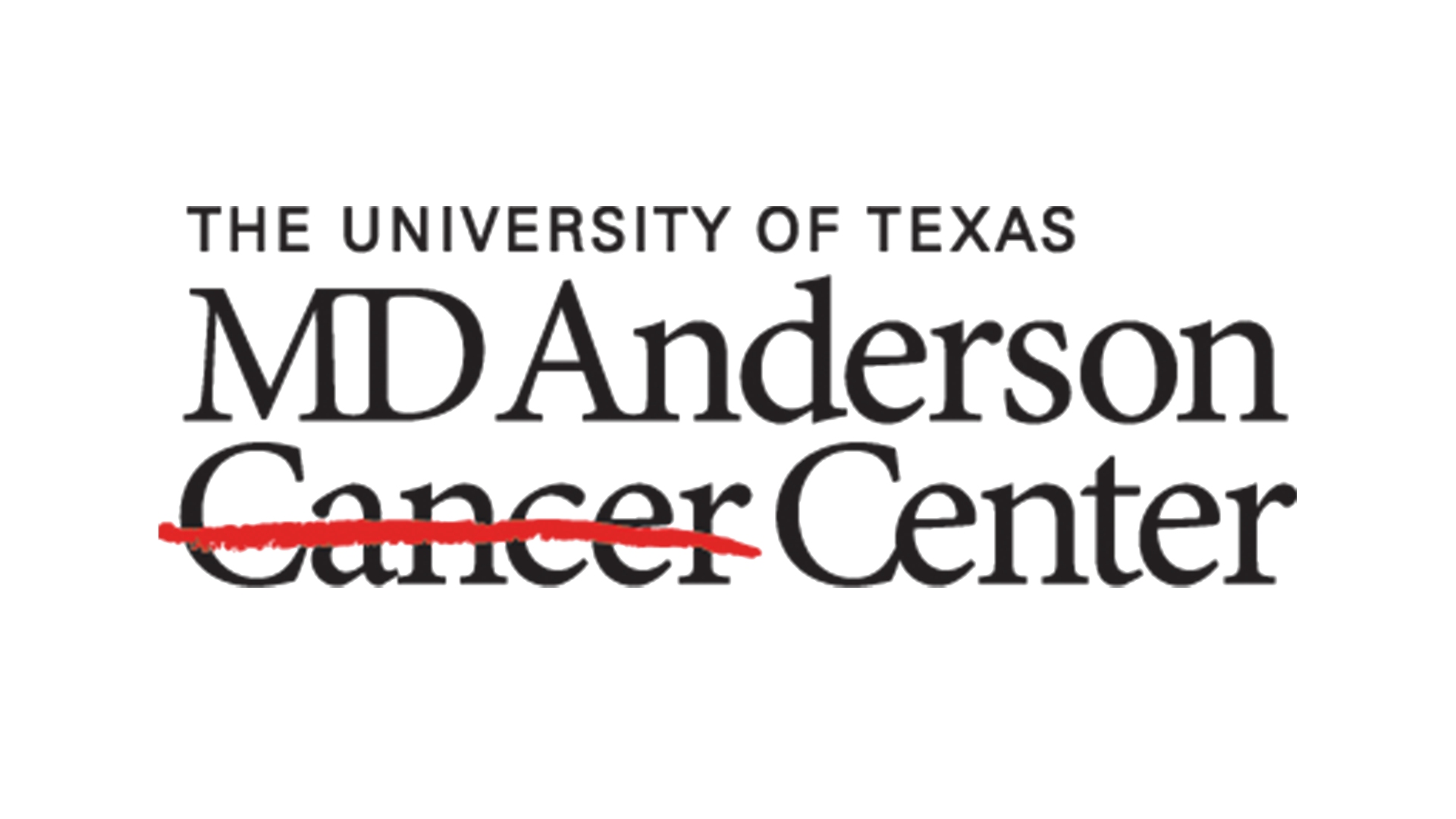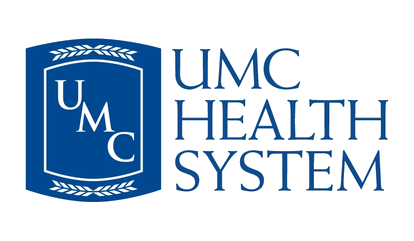Predictions for 2022
Ternio Newsroom Staff | January 19, 2022
Patient obsession surpasses patient centricity. It indicates a single-minded, highly focused, intentional effort to listen to patients and properly adjust to their needs, expectations, and demands.
Businesses have talked about being customer-focused for decades. (For hospitals, “customer-focused” translates into “patient-focused”.) As Ternio looks forward to 2022, we expect that focus to turn into an obsession, and that obsession will drive innovation.
Here are 5 important trends affecting hospital supply chains and the innovations they will drive in 2022 and beyond.
SCAAS
A greater portion of finite resources must be redirected to increase both the quality of and the time available for patient care. As legacy supply chain processes are re-assessed, hospitals will find that they can extract additional value from the supply chain by viewing it as a service. “Supply Chain as a Service” (SCAAS) will become the model in 2022. Cloud-based software supported by virtual supply chain teams and processes will facilitate hospital/service provider partnerships for more effective and cost-efficient surgical instrument procurement, repair, quality control, compliance, warehousing, and logistics from a unified platform and source. SCAAS providers, having a singular focus on making each component of the supply chain more efficient, will be seen as increasingly valuable partners.
Turning waste into value
The quest to improve the customer (read: patient) experience necessarily includes finding waste in the system and turning as much of it as possible into value. Manufacturers and sellers have been doing this for years. In 2022 it will become a priority for innovative end-users as well. Finding discarded and under-used surgical supplies and turning them into cash or placing them back into use where and when needed will become increasingly important. The so-called “circular economy” improvements will be a focal point for the improvement of the patient experience among innovative hospitals.
“Surges in Covid cases inevitably lead to limited case volume (depending on state regulations). This presents a perfect opportunity to clean up our house. Overutilization and under-utilization both lead to waste. Overutilization means you find yourself constantly searching for supplies, resulting in wasted activity and clinical labor. Underutilization of supplies means supply waste that manifests at least two ways: supplies discarded after surgery and obsolete and expired inventory on our shelves. In our department we’ve developed a new mantra for 2022 – Avoid the Waste.”
— Nurse manager, large academic hospital, Pacific Northwest
Volatility adjustments
A surgical supply chain that lacks elasticity will no longer be acceptable. If the past two years have taught us anything, it is that building elasticity into the supply chain is a requirement, not an option. Market fluctuations and previously unforeseen (although predictable) events must be considered. Improvements in the ability to scale up or down, depending on the circumstances driving demand will be increasingly important to provide a positive patient experience. The good news? Cloud-based software and improved data collection and usage are opening new improvement opportunities in this area.
Thinking Green
Patients care about sustainability and the environment. A recent Nielsen survey found 90% of millennials, ages 21 to 34 are willing to pay more for products that contain environmentally friendly or sustainable ingredients, while 48% of U.S. consumers said they are “definitely or probably” changing their consumption habits to reduce the impact on the environment. The Global Sustainability Study 2021[i] conducted this past July by global strategy and pricing consultancy Simon-Kucher & Partners revealed that Gen. Z and Millennials are willing to pay a premium of more than 30% more for sustainable products or services. Customer-obsessed hospitals should care about this too. Those that do will turn their scrutiny to internal systems, energy use, and waste throughout the supply chain, and find ways of communicating their green values to their patients. Instrument sourcing, selection, management, and maintenance will all be examined through the lens of sustainable practices and materials.
Measuring what matters
Whether they are referred to as Objectives and Key Results (OKR) or Key Performance Indicators (KPIs), customer-obsessed hospitals will examine what supply chain metrics are in use to make sure that these indicators are relevant and useful in terms of improving the patient experience in 2022. Do current OKRs align with the organizing principle of being patient-obsessed? Are they relevant to the move toward autonomous, connected, and data-driven supply chains? What metrics are legacy holdovers and should be eliminated? What measurements are not being examined or are under-valued?
The global pandemic and “big data” are but two of many forces accelerating dramatic change in the way healthcare is provided in the US and around the world. Steve Jobs once wisely observed, “Innovation is the ability to see change as an opportunity — not a threat.” The opportunity, in this case, is to reevaluate healthcare from the patient’s point of view, be alert to the trends, data, and emerging technologies, and apply that knowledge to become truly patient-obsessed.
[i]The Global Sustainability Study 2021, Simon-Kucher & Partners, Recent Study Reveals More Than a Third of Global Consumers Are Willing to Pay More for Sustainability



















